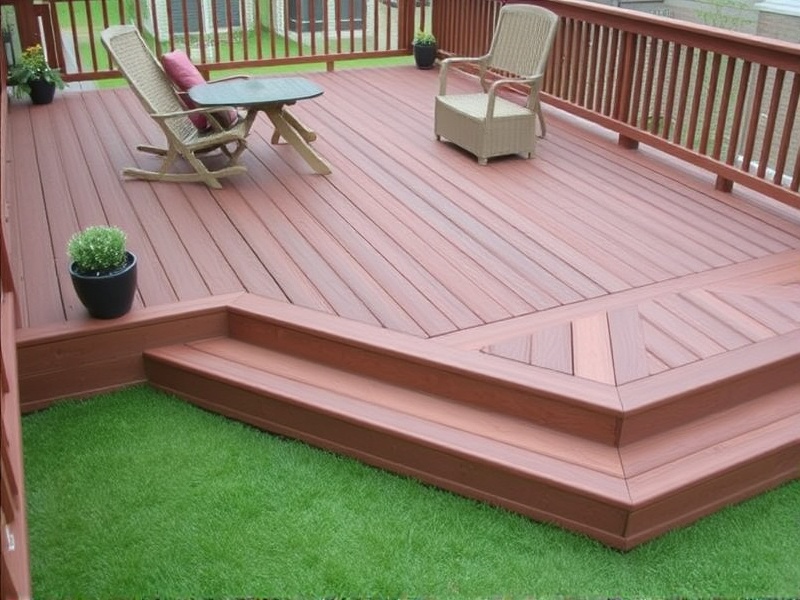Our Location
304 North Cardinal St.
Dorchester Center, MA 02124
Explore the world of composite decking boards and learn about their benefits, maintenance requirements, and how they compare to traditional wood decks.

In the realm of outdoor living spaces, composite decking has emerged as a popular alternative to traditional wooden decks. Composite decking boards are made from a mixture of wood fibers and plastic materials, often recycled, which gives them unique properties that set them apart from natural wood. This article delves into the composition, durability, and environmental impact of composite decking boards, comparing them with traditional wooden decks, and provides insights into their installation and maintenance.
Composite decking boards are engineered to replicate the look of natural wood while offering enhanced performance characteristics. The primary components include wood fibers (often from sawdust or wood chips) and plastic materials, typically high-density polyethylene (HDPE) or polypropylene. Some manufacturers also incorporate recycled materials like reclaimed wood fibers and plastic from milk jugs and detergent bottles. This blend not only reduces waste but also enhances the longevity and resistance to environmental factors of the decking material.
One of the key advantages of composite decking is its superior durability compared to traditional wood. It resists rot, moisture, insects, and UV damage, making it a low-maintenance option for outdoor spaces. Unlike natural wood, composite decking does not require annual staining or sealing, reducing long-term upkeep costs. Additionally, composite boards maintain their color and structural integrity over time, providing a consistent aesthetic appeal throughout the years.
The environmental benefits of composite decking are significant. By utilizing recycled materials, these boards help reduce landfill waste and lower the demand for virgin wood resources. However, the production process of composite materials can be energy-intensive and may involve the use of chemicals. Despite this, many manufacturers have adopted sustainable practices, such as using eco-friendly manufacturing processes and sourcing materials responsibly. Consumers should consider the full lifecycle of the product when evaluating its environmental footprint.
When compared to traditional wooden decks, composite decking offers several distinct advantages. While natural wood requires regular maintenance, including painting, staining, and sealing, composite materials require minimal upkeep. Moreover, composite decking is less susceptible to warping, cracking, and splintering, ensuring a safer and more comfortable walking surface. However, initial costs for composite decking are generally higher than those for natural wood. Over time, however, the reduced maintenance needs can offset these higher upfront expenses.
Proper installation is crucial for maximizing the lifespan and appearance of composite decking. Ensure the substructure is level and secure before installing the boards. Use appropriate fasteners and spacing guidelines provided by the manufacturer to avoid issues like bowing or cracking. Regular cleaning with mild soap and water is sufficient for maintaining the deck’s appearance. Avoid abrasive cleaners or tools that might scratch the surface.
Composite decking boards offer a compelling alternative to traditional wooden decks, combining aesthetics, durability, and sustainability. Understanding their composition, performance benefits, and environmental impact can help consumers make informed decisions about their outdoor living spaces. With proper care and maintenance, composite decks can provide years of enjoyment and enhance the value of any home.
Choosing Composite Decking, National Association of Certified Home Inspectors